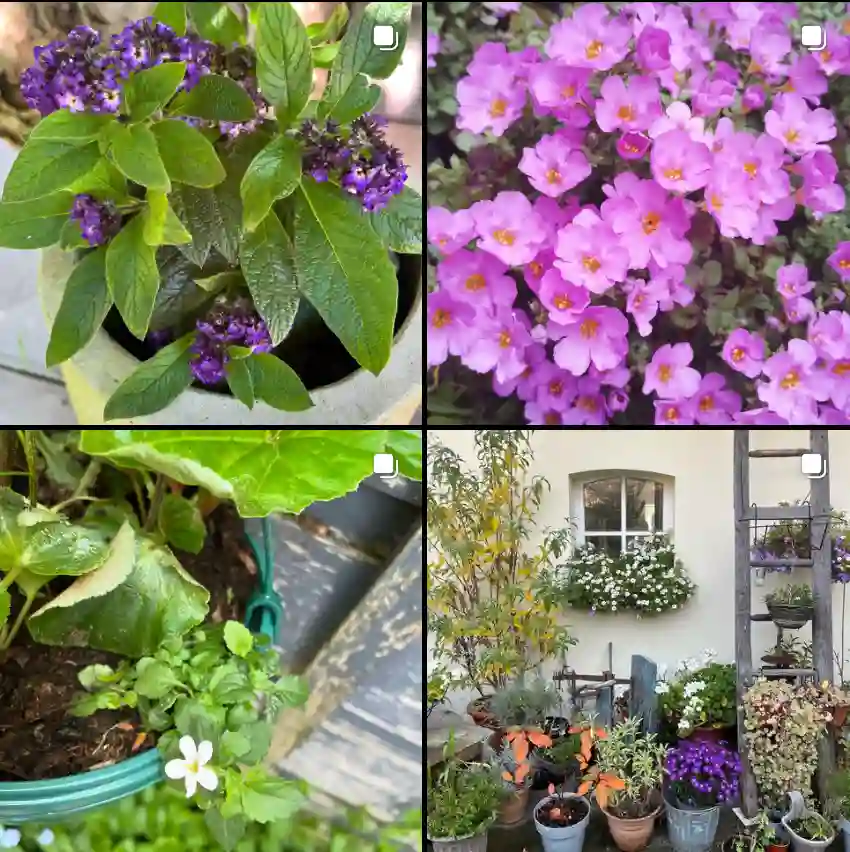
What is a Palmetto Tree?
When I first encountered the Palmetto Tree, I was intrigued by its distinctive appearance and the various questions people often have about it. To clarify, a Palmetto Tree is a type of palm tree found primarily in the southeastern United States. It belongs to the Arecaceae family and is characterized by its fan-shaped leaves. Unlike the towering palms often seen in tropical regions, Palmetto Trees are more compact, with a trunk that remains relatively short.
18 Species in Genus Sabal
What Fruit Grows on Palmetto Trees?
One of the frequently asked questions about Palmetto Trees is, “What fruit grows on Palmetto Trees?” The answer is that Palmetto Trees produce a small, round fruit known as the palmetto berry. This berry is dark purple to black when ripe and is about the size of a grape. The fruit is not commonly consumed fresh but is used in various culinary and medicinal applications. In traditional medicine, palmetto berries are believed to support prostate health and aid in reducing inflammation.
Are Palmetto Trees Native to South Carolina?
Yes, Palmetto Trees are indeed native to South Carolina. In fact, the Sabal Palmetto, commonly known as the Cabbage Palm, is the state tree of South Carolina. It thrives in the warm, humid climate of the region and is a common sight along coastal areas. Its presence in South Carolina is not only a testament to its adaptability but also a key part of the state’s natural heritage.
How Tall Do Palmetto Trees Grow?
When it comes to height, Palmetto Trees generally remain relatively short compared to other palm species. Most Palmetto Trees reach heights between 15 to 20 feet. Their height is often limited by their environment and growth conditions. Despite their shorter stature, they have a robust and stout trunk that supports a canopy of fan-shaped leaves, making them a prominent feature in landscaping.
What Do Palmetto Trees Look Like?
Palmetto Trees have a distinctive appearance that makes them easy to identify. They typically have a single, straight trunk topped with a crown of large, fan-shaped leaves. The leaves are deeply divided into several segments, giving them a broad, round look. The trunk of a mature Palmetto Tree is often rough and can be covered in old leaf bases. Overall, they have a rugged yet graceful appearance that adds character to gardens and landscapes.
Palmetto vs Palm Tree
A common point of confusion is the difference between Palmetto Trees and palm trees. While all Palmetto Trees are palms, not all palms are Palmetto Trees. Palmetto Trees specifically refer to certain species within the Sabal genus, like the Sabal Palmetto. In contrast, “palm tree” is a more general term that includes a wide range of species with various forms and sizes. Palmetto Trees are distinguished by their fan-shaped leaves and shorter trunk, whereas palm trees can have feather-like leaves and much taller trunks.
How to Care for Palmetto Trees?
Caring for Palmetto Trees is relatively straightforward. They prefer full sun and well-drained soil. Regular watering is essential, especially during dry periods, but overwatering should be avoided. Palmetto Trees are quite tolerant of drought and salt, making them well-suited for coastal environments. Fertilizing once or twice a year with a balanced fertilizer can help promote healthy growth.
How to Propagate Palmetto Trees?
Propagating Palmetto Trees can be done through seeds or by transplanting young saplings. Seeds should be collected from mature fruit and cleaned before planting. They should be sown in a well-draining potting mix and kept in a warm, sunny location until germination occurs. Transplanting involves carefully removing young saplings from their nursery or natural environment and planting them in a suitable location.
What to Plant With Palmetto Trees?
Palmetto Trees pair well with various companion plants. In landscaping, they look great alongside ornamental grasses, such as muhly grass or fountain grass, which complement their texture. Additionally, flowering shrubs like lantana or hibiscus can add vibrant color to the area around Palmetto Trees. Consider planting groundcovers like sweet potato vine or creeping thyme to provide a lush, green base.
Is It Toxic?
Palmetto Trees are not toxic to humans or pets. The palmetto berry is edible and has been used in traditional medicine, though it is not typically consumed in large quantities. It’s always a good idea to observe standard precautions and consult with a specialist if you have concerns about specific plant interactions.
Benefits of Palmetto Trees
Palmetto Trees offer several benefits. They are low-maintenance, drought-tolerant, and salt-tolerant, making them ideal for coastal gardens. Their unique appearance adds a tropical feel to landscapes, even in non-tropical areas. Additionally, they provide habitat and food for local wildlife.
Common Problems
While Palmetto Trees are generally hardy, they can encounter some issues. Pests like scale insects or mealybugs can occasionally infest them, causing damage to the leaves. Additionally, improper watering or poor soil conditions can lead to nutrient deficiencies or root rot. Regular inspection and proper care can help mitigate these problems.
In conclusion, Palmetto Trees are a fascinating and resilient species that offer both aesthetic and practical benefits. Their unique appearance, low maintenance needs, and adaptability make them a great choice for a variety of landscapes. Whether you’re considering adding one to your garden or just curious about these trees, understanding their characteristics and needs can help you appreciate their role in the environment.
If i die, water my plants!



